Portable, open-source, ESP32-powered audio-development platform with a touchscreen and support for Bluetooth & Wi-Fi connectivity
Designed by Sonocotta in Poland
Buy with confidence.
Our Tindie Guarantee protects your purchase from fraud. Learn More
Availability As of 2025 I no longer produce these boards, but they are still available for purchase from Mouser [1, 2] and Crowd Supply. What is it Loud ESP is an ESP32-powered, rich audio developmen…
Read More…As of 2025 I no longer produce these boards, but they are still available for purchase from Mouser [1, 2] and Crowd Supply.
Loud ESP is an ESP32-powered, rich audio development board. Available with or without a color touchscreen, Loud ESP has a wealth of peripherals to support a wide range of user interaction. It is compact, portable, battery-powered, and designed to accommodate a variety of enclosures, all of which make it an ideal platform for the development of wearables and other smart devices. To help out with that, we maintain a repository of sample code that you can adapt for your own applications. Wireless, Touchscreen-Enabled Versatility for Audio Applications
Loud ESP is well suited for a number of different applications. To name just a few examples, it can be used as a portable speaker system with Wi-Fi and Bluetooth capability, an internet-radio receiver, a framework for developing wearables and talking gadgets, or a smart speaker connected to the platform of your choice, such as Spotify.
MCU Core
ESP32 Dual Core 32-bit LX6 microprocessor running at 240 MHz
16 MB of flash storage
8 MB of PSRAM
CP2102 Serial communication / Flashing chip
Battery management
Li-Ion battery charging with charge status indication
Battery overcharge and overdischarge protection
Battery overcurrent protection
Battery voltage reading using built-in DAC
Onboard power switch
2-pin connector for external battery
onboard, 14500 battery holder (touchscreen version only)
Audio capabilities
Dual I2S stereo DAC (Maxim Integrated MAX98537) with built in D-Class amp
3 W per channel on 4 Ohm load
Up to 92% efficiency
Onboard 5.5 V boost converter
Peripherals
Wi-Fi & Bluetooth
RGB LED, RGB LED strip header
2.8", 320 x 240 px TFT Screen with touch sensor (touchscreen version only)
IR reader (touchscreen version only)
SD Card slot (touchscreen version only)
JTAG header (touchscreen version only)
Rotary encoder/Joystick header (touchscreen version only)
Other
RESET and GPIO0 (FLASH) buttons
Software samples for every onboard peripheral
Mechanical compatibility with Raspberry Pi 4 enclosures (touchscreen version only)
Please find more information in the firmware section
All samples are provided as Plarformio IDE projects. After installing it, open sample project. Select proper environment based on your dock. Run Build and Upload commands to install necessary tools and libraries, build and upload prject to the board. Communication and proper upload method selection will be handled by IDE automatically.
Follow the ESP8266Audio library guide. Default settings will work out of the box with ESP8266 and ESP32 boards. For ESP32C3 and ESP32S2 board please adjust pinout according to the above section
Being an ESP32-based device, you can easily integrate it into your Home Assistant using ESPHome. Start with esphome web installer, which will give you ESPHome base install and WiFi configuration in minutes.
Next, navigate to your Home Assistant (assuming you have your ESPHome integration installed), and adopt the newly created node
ESPHome will give you ESPHome configs for both the mini and full versions of the board.
The loud-esp-mini config enables common board peripheral
media_player publishes the media player into the Home assistant, so you can use it together with the native player or Music Assistant. You have a volume knob in the HA as well.light component exposes onboard RGB LED for use in integrations. In this example, it light a LED depending on the media_player statepsram enabled for all devices to smooth out playbackThe loud-esp config enables all the board peripheral
remote_receiver exposes the IR reader. Example configures SAMSUNG TV remote to control volume using volume buttons. display component configures the onboard display touchscreen component configures the onboard touchscreen and dumps touches to the consoleThe loud-esp-mopidy-monitor config is a project that I did myself for HA Mopidy media center integration
media_player can be used for voice announcementsdisplay shows the current Mopidy playing item, Artist, and title.touchscreen controlsdisplay there is a volume indicator with two buttons to change itdisplay also shows playlist progress on the bottom with the current item highlighted Currently, there is no component that can display track images, but it seems like it will be added soon
The true power of the native speaker in the eHA is the use of automation. One example that I find useful. This simple automation will be pronounced every hour between 8 AM and 9 PM. Another one is used to pronounce bedtime, you get the point...
Squeezelite-ESP32 is a multimedia software suite, that started as renderer (or player) of LMS (Logitech Media Server). Now it is extended with - Spotify over-the-air player using SpotifyConnect (thanks to cspot) - AirPlay controller (iPhone, iTunes ...) and enjoy synchronization multiroom as well (although it's AirPlay 1 only) - Traditional Bluetooth device (iPhone, Android)
And LMS itself - Streams your local music and connect to all major on-line music providers (Spotify, Deezer, Tidal, Qobuz) using Logitech Media Server - a.k.a LMS with multi-room audio synchronization. - LMS can be extended by numerous plugins and can be controlled using a Web browser or dedicated applications (iPhone, Android). - It can also send audio to UPnP, Sonos, ChromeCast and AirPlay speakers/devices.
All ESP32 based boards are tested with Squeezelite-ESP32 software, that can be flashed using nothing but web-browser. You can use Squeezelite-ESP32 installer for that purpose.
Use Installer for ESP Audio Dock to flash firmware first. It has been preconfigured to work with ESP Audio boards and will configure all hardware automatically.
| Select the correct device first | |
| Connect the device to the USB port and select it from the list | |
Press Flash and wait around 2 minutes |
|
| (Optional) You may enter the serial console to get more information | |
Device is in recovery mode. Connect to squeezelite-299fac wifi network with squeezelite password (your network name suffix will be different) |
|
| When redirected to captive portal let device scan wifi network and provide valid credentials | |
| You can use provided IP address (http://192.168.1.99/ on the screenshot) to access settings page | |
| (Optional) You may change device names to something close to your heart | |
| Exit recovery |
You can use it now
| Bluetooth | Spotify Connect | AirPlay | LMS Renderer |
|---|---|---|---|
You can find documentation such as board schematics, firmware, and sample code in our GitHub repository. You can also follow our progress on Hackaday.io
No country selected, please select your country to see shipping options.
No rates are available for shipping to .
Enter your email address if you'd like to be notified when Loud ESP can be shipped to you:
Thanks! We'll let you know when the seller adds shipping rates for your country.
| Shipping Rate | Tracked | Ships From | First Item | Additional Items |
|---|---|---|---|---|
|
:
|
Most of the packages are sent the next business day in the morning CET time. Delivery time varies wildly, but typically it is 1-2 weeks within EU and 3-4 weeks outside EU due to delays in customs. If the package does not show up after 8 weeks, please reach out for a replacement or refund.
Currently, Poczta Polska does not ship to Israel, and a few more countries due to a lack of airline operations. As soon as they will lift the restrictions, I'll restore shipments.
Buy with confidence.
Our Tindie Guarantee protects your purchase from fraud. Learn More

$69.00
Free Shipping!

$24.00
Free Shipping!
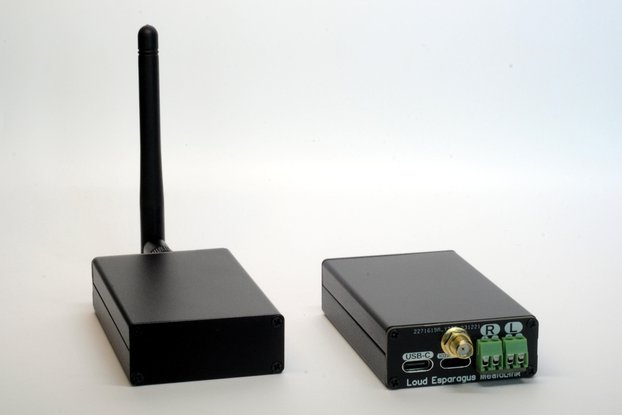
$45.00
Free Shipping!

$21.00
Free Shipping!
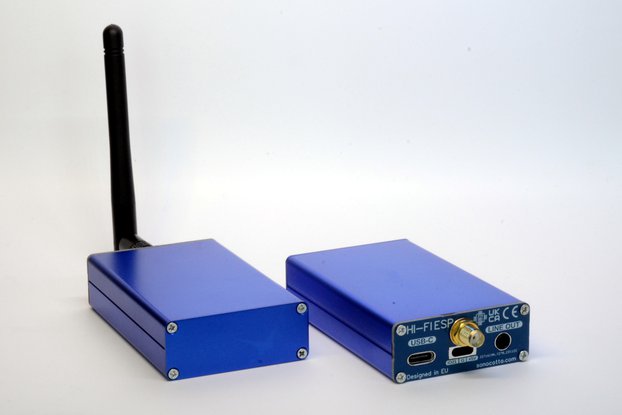
$45.00
Free Shipping!
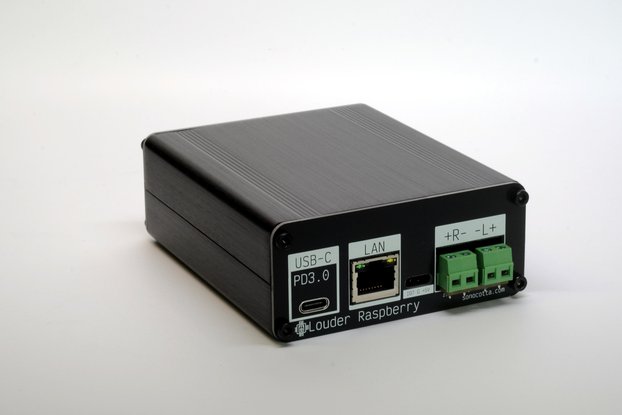
$49.00
Free Shipping!
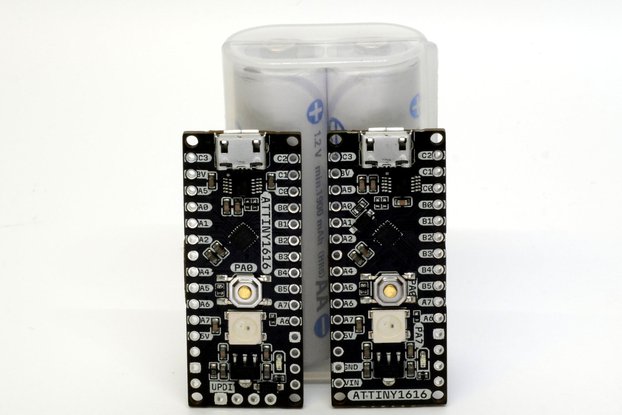
$6.00
Free Shipping!
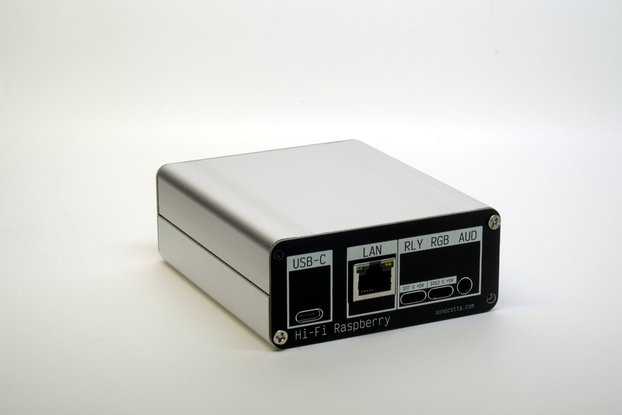
$30.00
Free Shipping!
By clicking Register, you confirm that you accept our Terms & Conditions
We recognize our top users by making them a Tindarian. Tindarians have access to secret & unreleased features.
We look for the most active & best members of the Tindie community, and invite them to join. There isn't a selection process or form to fill out. The only way to become a Tindarian is by being a nice & active member of the Tindie community!
